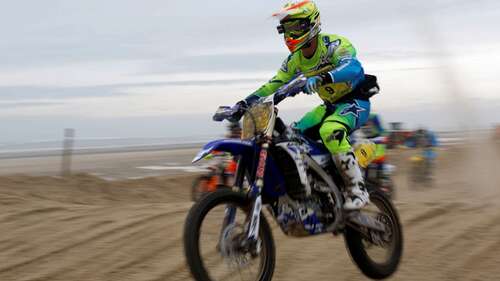
Off-road bikes are generally lighter and more maneuverable than other motorcycle types. This makes it easier for the rider to traverse narrow and uneven terrain, and pick up their bike if they crash or fall — which is more likely to happen on off-road trails. Furthermore, enduro bikes do not have parts and accessories that make them comfortable to ride or even road legal, thus further reducing their weight.
Despite the long-distance nature of enduro races, Adventure Moto Skills says most enduro bikes have a smaller fuel tank than other motorcycle types, like adventure and touring bikes. Because enduro bikes are light motorcycles, they should typically have enough fuel to reach the next checkpoint or finish line.
However, the enduro bike could still be heavier than the typical motocross motorcycle. Unlike the latter, which focuses on short races in purpose-built tracks, enduro bikes drive across longer tracks with many natural obstacles and different terrain types. These tracks are rougher, have many hard and sharp edges, and may feature steep ascents and descents that may damage your bike. Enduro motorcycles usually have some form of underbody protection, like a motorcycle skid plate or a sump guard, and could also feature adjustable suspension.

